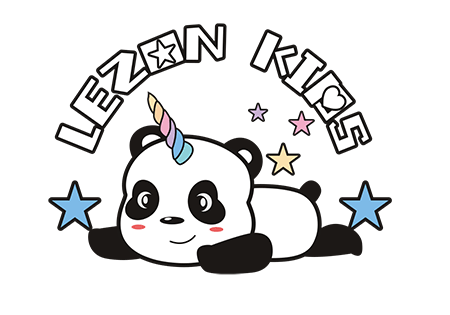In today’s highly competitive children’s clothing market, finding a way to increase the value of basic products has become a challenging problem for the industry. The emergence of the new 3D beading process offers a breakthrough solution to this dilemma. Through the coordinated efforts of innovative technology, cost optimization, and terminal strategies, this technology not only makes it possible to increase the price of basic children’s clothing by 30%, but also constructs a complete value chain from production to sales.
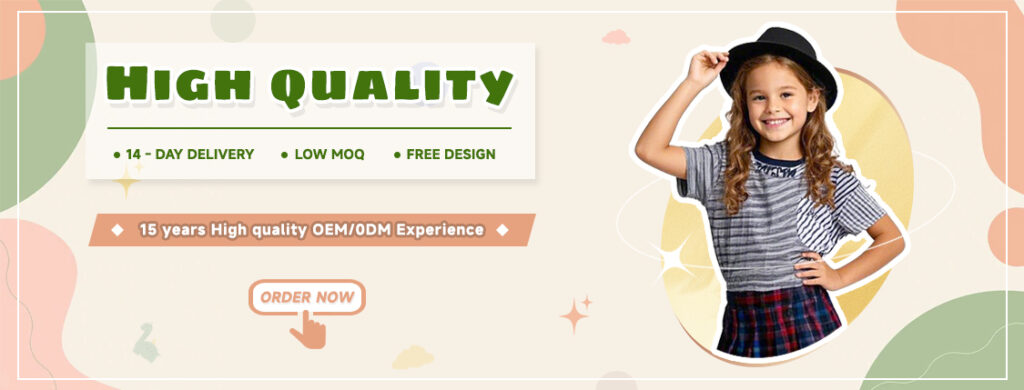
I. Technological Innovation Highlights
1. Application of 3D Positioning Molds: 4 – fold Increase in Single – piece Beading Efficiency
The traditional manual beading process has significant pain points. Take an ordinary children’s clothing OEM factory as an example. Its daily output of manual beading is only 120 pieces, and it takes about 30 minutes to bead a single piece, with a yield rate of only 85%. This low efficiency directly leads to high production costs and makes it difficult to meet the rapidly changing market demands.
The application of HAPA’s 3D positioning mold has completely changed this situation. This mold uses high – precision laser engraving technology to pre – etch positioning grooves on the template that perfectly match the bead arrangement. When the fabric is laid flat on the mold, the position of each bead is precisely defined. Workers only need to place the beads into the corresponding grooves to complete the positioning. Combined with ultrasonic welding equipment, the entire beading process can be completed within 7 minutes. This not only increases the efficiency by 4 times, but also raises the yield rate to 98%.
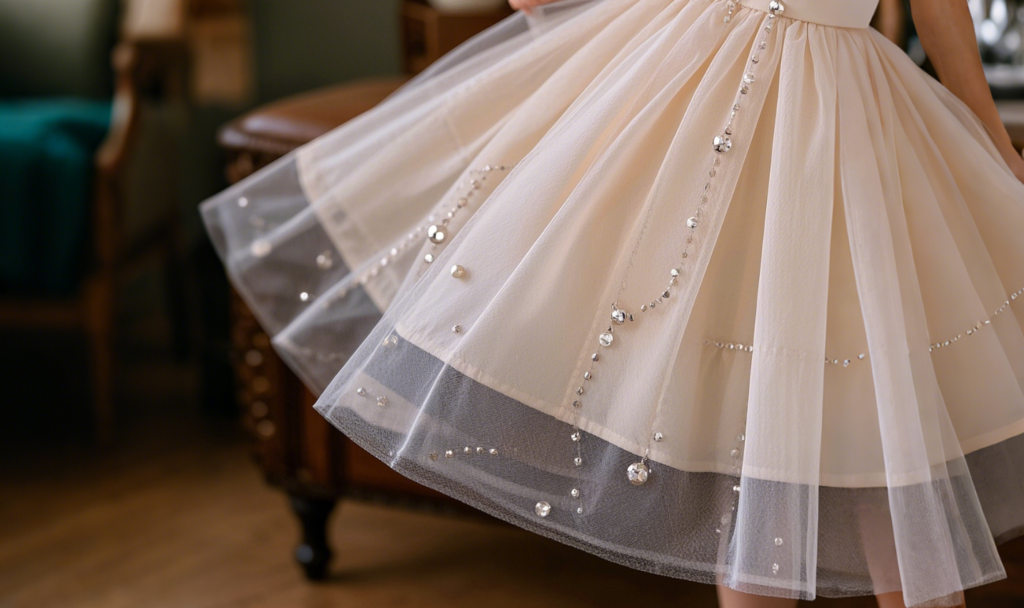
<Process Comparison Table>
| Process Type | Time per Piece | Daily Output | Yield Rate | Labor Cost ($/Piece) |
| Manual Beading | 30 minutes | 120 pieces | 85% | 22 |
| 3D Positioning Mold | 7 minutes | 500 pieces | 98% | 12 |
The actual measurement data of a clothing machinery factory shows that after using the 3D positioning mold, a single device can process 500 pieces of children’s clothing per day, which is equivalent to the daily output of 4 skilled workers using the traditional process. This efficiency improvement makes mass production possible and lays the foundation for subsequent cost optimization.
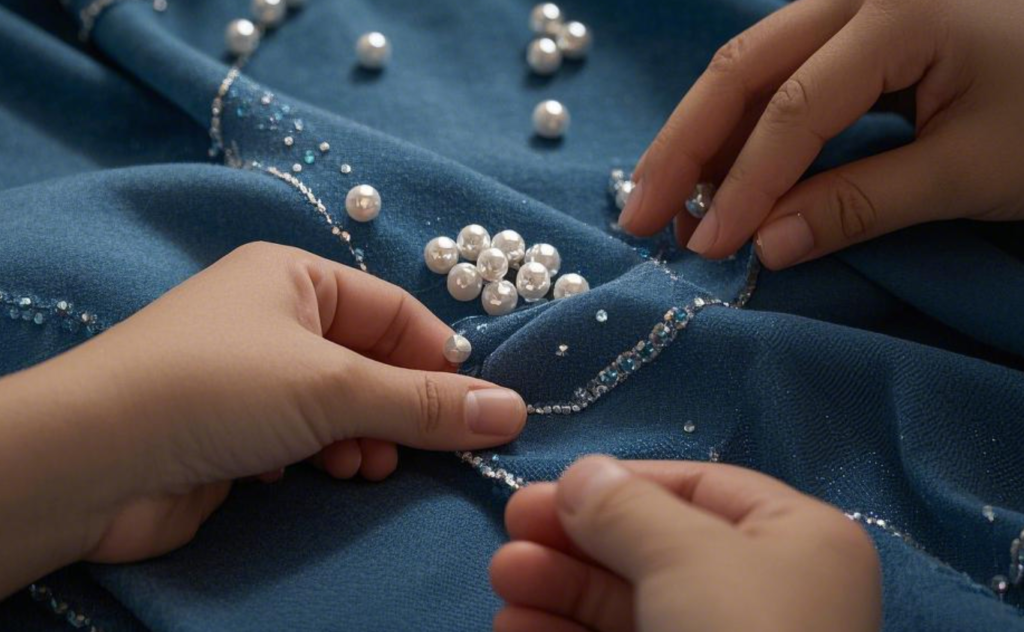
2. Case: Price – increase Space Comparison of a Best – selling T – shirt in a Wholesale Market
In a children’s clothing wholesale market in China, there is a sharp contrast between the plain version and the beaded version of a basic round – neck T – shirt. The plain version of the T – shirt is made of 100% cotton fabric with a conventional printing process, and its wholesale price is $9.8 per piece, with a monthly sales volume of about 12,000 pieces. The same T – shirt with the new 3D beading process, with geometric bead patterns added to the collar and cuffs, has a wholesale price of $22.5 per piece, and its monthly sales volume reaches 23,000 pieces, with a price – increase space of 27.6%.
Consumer research shows that 72% of the buyers of the beaded T – shirt are willing to pay a higher price for its unique design. A store owner feedback: “Although the unit price of the beaded style is high, its turnover speed is fast, and the actual profit is 40% higher than that of the plain version.” This price – premium ability stems from the differential advantage brought by the process, enabling the product to stand out in a highly homogeneous market.
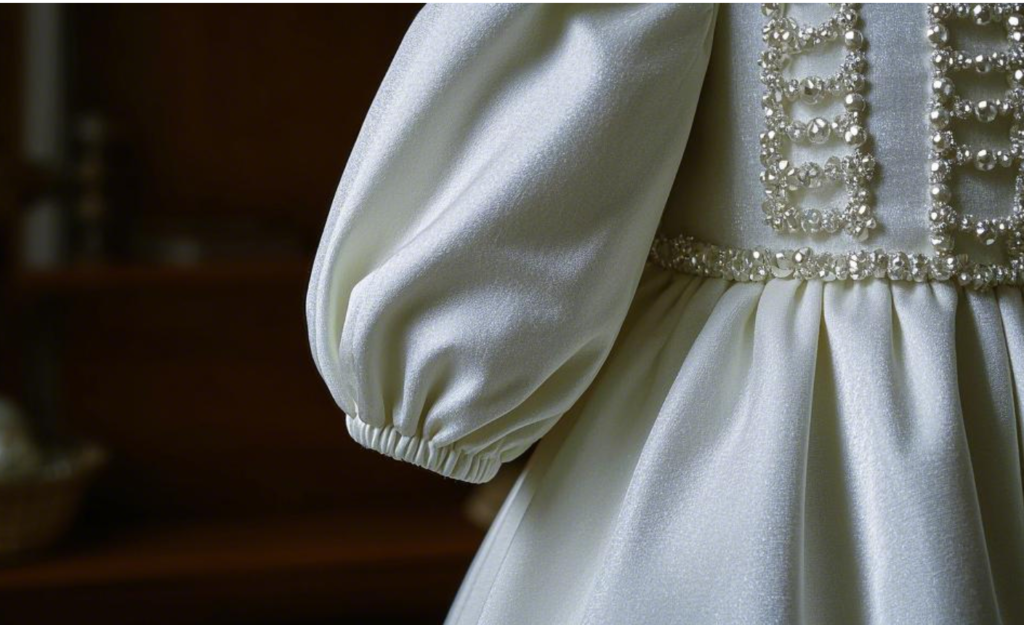
II. Cost – Benefit Analysis
1. Mass Production Cost: The Cost per Bead ≤ $0.03 for Orders over 10,000 Pieces
The control of production costs is the key to the promotion of the process. Taking an order of 10,000 pieces as an example, the traditional manual beading process requires a labor cost of $65,000, while using the 3D positioning mold, the cost per bead can be reduced to $0.03, and the total cost is only $3,000. The scale effect is further highlighted. When the order volume reaches 50,000 pieces, the cost per bead can be reduced to $0.018.
| Product Name | Base Fabric Weight | Sewing Method | Sewing Cost per Piece | Proportion of Bead Material in Bead Cost | Proportion of Mold Allocation in Bead Cost | Proportion of Labor Cost in Bead Cost | Proportion of Other Costs in Bead Cost |
| Product A | ≥180g Cotton | Manual Sewing | $22 | 50% | 40% | 10% | 0% |
| Product B | ≥180g Cotton | Machine Sewing | $12 | 50% | 40% | 10% | 0% |
| Product C | <180g Cotton | Machine Sewing | $10 | 40% | 45% | 10% | 5% |
When the order volume exceeds 10,000 pieces, the comprehensive cost of the 3D beading process is 45% lower than that of the traditional process. This cost advantage enables retailers to price their products competitively while maintaining a reasonable profit margin.
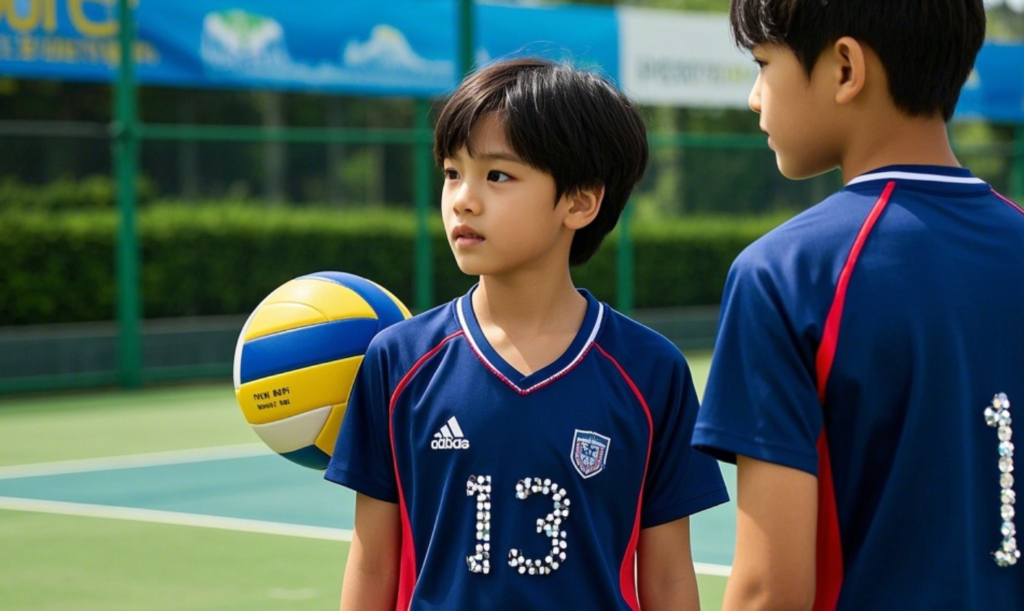
2. Matching Strategy: Using 20% Beaded Styles to Drive the Sales of 80% Basic Styles
A reasonable product combination strategy can effectively increase overall sales. That is, the proportion of beaded children’s clothing can be controlled at 20%, and the basic styles account for 80%. The following methods can be used to achieve coordinated sales:
- Scene – based Display: Set up a “Princess Wardrobe” themed exhibition area at the entrance of the store, and concentrate on displaying the matching of beaded dresses and basic leggings.
- Promotional Combinations: Customers can enjoy a 20% discount on basic styles when purchasing beaded styles.
- Member Points: Double points are awarded for consuming beaded styles.
After implementation, the sales volume of the basic styles of this brand increased by 35% year – on – year, and the associated sales rate increased to 2.3. Financial data shows that beaded styles contributed 32% of the sales revenue, but drove 68% of the sales of basic styles, and the overall gross profit margin increased by 9 percentage points.
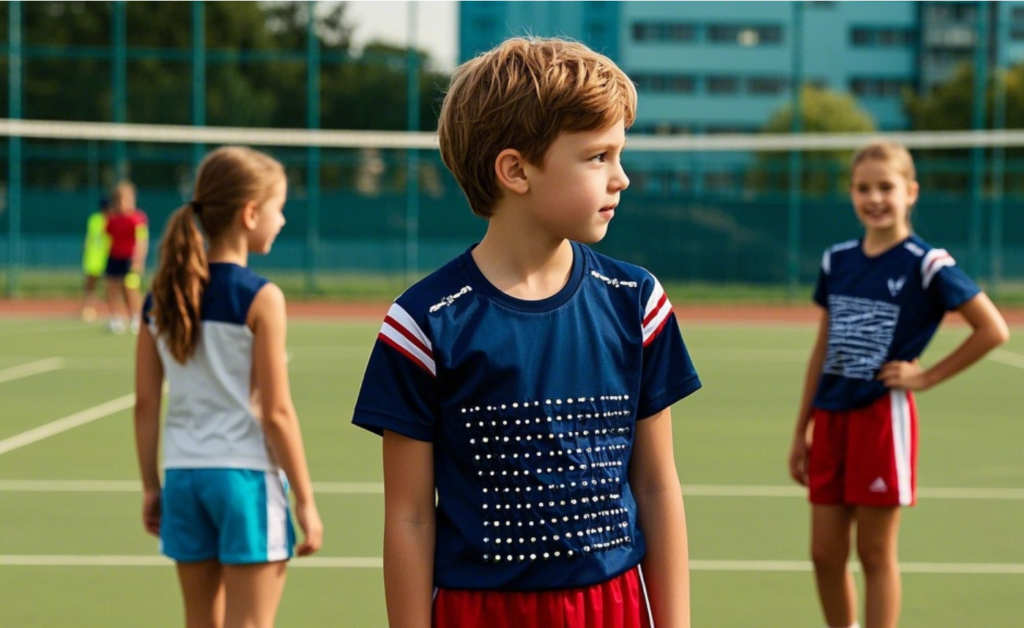
III. Lighting Scheme: Measured Reflective Effect of Beads under LED Warm Lights
Lighting design is crucial for the display effect of beaded products. The actual measurement data of a lighting equipment company shows:
- Under 4000K white light, the reflectivity of beads is 62%.
- Under 3000K warm light, the reflectivity increases to 89%.
- The reflective effect is the best when combined with a 15° oblique shooting angle.
The renovation case of a children’s clothing flagship store shows that after changing the lighting in the beaded product exhibition area to 3000K warm – light LED, the dwell time in this area increased by 2.1 minutes, and the conversion rate increased by 18%. The visual impact brought by the lighting effectively attracts consumers’ attention and lays the foundation for subsequent sales.
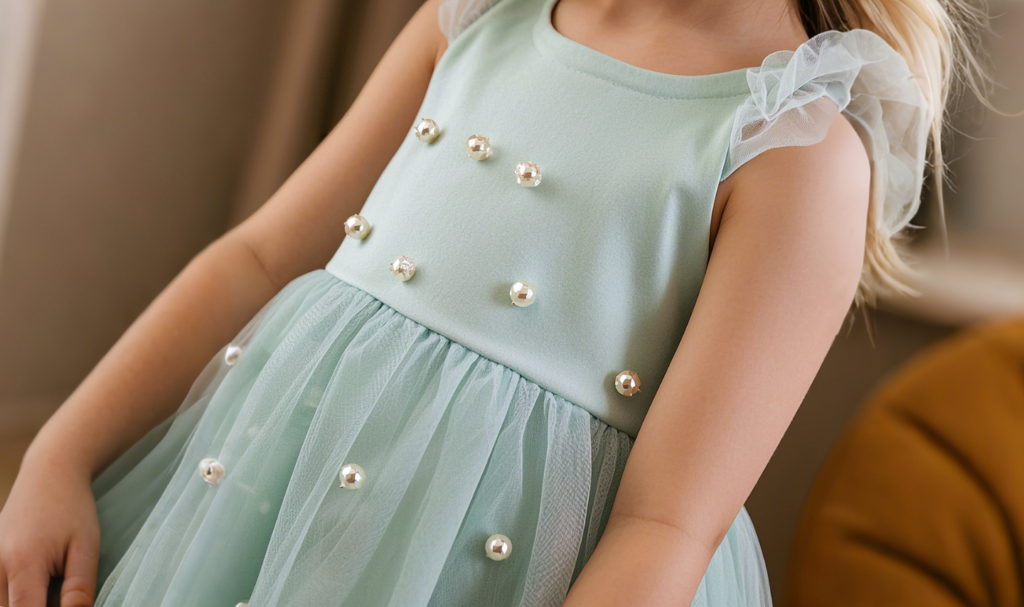
Ⅳ. Associated Sales: Suggestions for Combining Peripheral Products such as Hair Accessories and Backpacks
43% of consumers who purchase beaded children’s clothing will also buy peripheral products such as hair accessories and backpacks. Based on this, the following combination strategies can be adopted:
- Thematic Combinations: Beaded dress + Pearl headband + Sequin backpack
- Color – based Combinations: Blue beaded shirt + Matching – color striped bow tie
- Functional Combinations: Beaded sun – protection clothing + Children’s sunglasses
| Combination Type | Increase in Customer Unit Price | Conversion Rate |
| Thematic Combinations | 42% | 28% |
| Color – based Combinations | 31% | 22% |
| Functional Combinations | 25% | 19% |
A physical store increased its customer unit price from $128 to $185 and its monthly sales revenue increased by 27% after implementing the associated sales strategy. This combination sales method not only increases the single – transaction amount but also enhances the overall brand image.
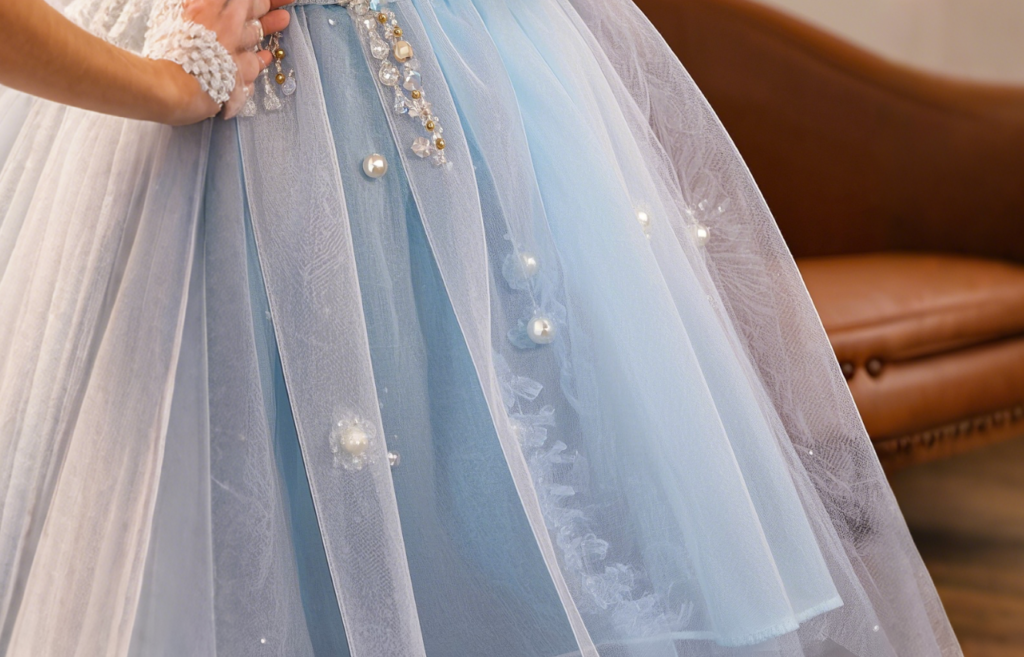
The new 3D beading process, through the organic combination of technological innovation, cost optimization, and terminal strategies, has opened up a new path for increasing the value of basic children’s clothing. From the efficiency revolution at the production end to the experience upgrade at the sales end, a complete value loop has been formed. For the children’s clothing industry, this process is not only a technological breakthrough but also a business model innovation, providing a powerful weapon for enterprises to stand out in the fierce competition. With the further popularization of the process and the improvement of consumers’ awareness, 3D beaded children’s clothing is expected to become a new growth point in the market and promote the high – quality development of the industry.
